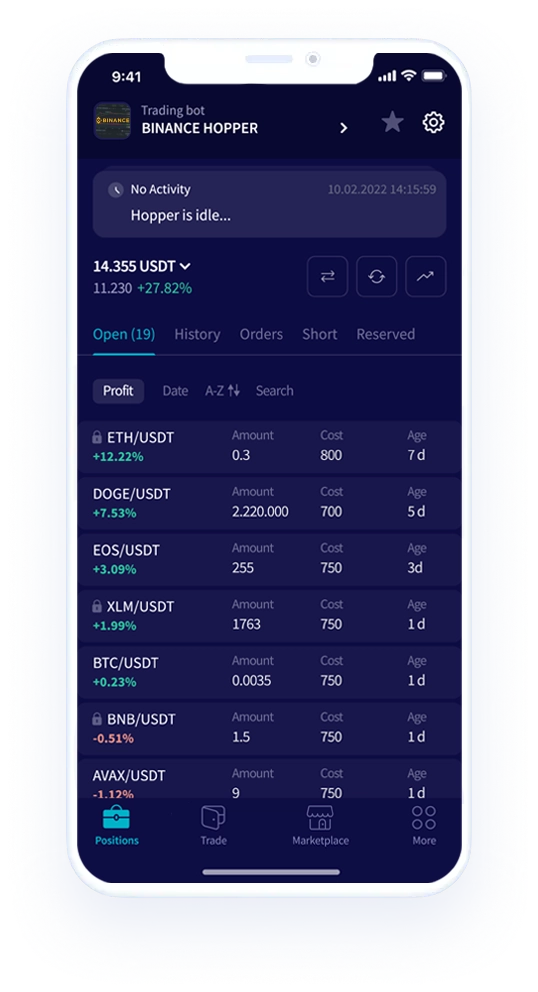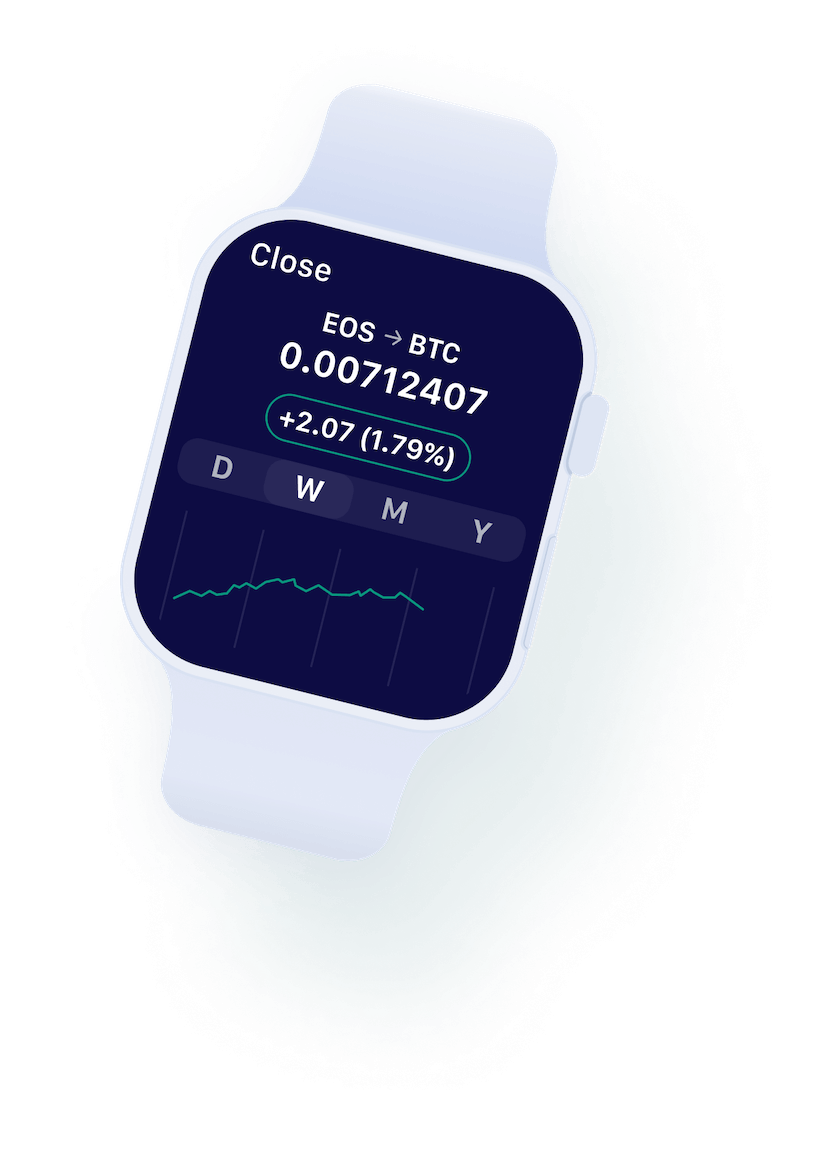Why Were Cypherpunks Interested in Prediction Markets?
Prediction markets have a long history that stretches back centuries, with early versions appearing in the form of informal betting on elections and political events in the 19th and early 20th centuries. Prediction markets are platforms where participants trade contracts based on the outcomes of future events, such as elections, economic indicators, or sports results. Prices of these contracts reflect the collective probability assigned by traders, effectively aggregating dispersed information into market-driven forecasts.
Modern academic interest in prediction markets emerged in the late 20th century, when researchers realised that markets designed to trade contracts on future outcomes often produced remarkably accurate forecasts. This accuracy stemmed from their ability to aggregate dispersed knowledge, incentivising participants to reveal information through financial stakes rather than opinion polls or surveys. The Iowa Electronic Markets, launched in the late 1980s, became one of the first institutionalised prediction markets, showing that even small sums of money could yield insights that rivalled traditional forecasting methods.
In the 1990s, prediction markets captured the imagination of the cypherpunk movement, which saw them as a natural extension of the internet’s promise of decentralisation and freedom from centralised control. Cypherpunks argued that prediction markets could become a powerful tool for truth-seeking and governance by aligning incentives toward accurate information. They viewed markets not just as a forecasting tool but as a mechanism to reduce reliance on traditional authorities, allowing individuals to collaborate and compete to reveal objective signals about the future. For a movement preoccupied with personal sovereignty and cryptography, prediction markets represented a way to circumvent both political manipulation and institutional gatekeeping.
However, governments, particularly in the United States, viewed prediction markets with suspicion and in some cases outright hostility. The idea of trading contracts on events like wars, political assassinations, or terrorist attacks struck many as morally questionable and politically dangerous. In the early 2000s, the Defense Advanced Research Projects Agency (DARPA) floated a proposal for a “ Policy Analysis Market” that would allow trading on geopolitical risks. The project was quickly shut down after heavy political backlash, with critics accusing it of enabling “betting on terrorism.”
Jim Bell’s controversial essay Assassination Politics extended the logic of prediction markets into a radical form of political dissent, proposing a system where anonymous bets could fund and incentivise targeted killings of government officials. By applying market dynamics to violence, it weaponised prediction markets as a theoretical tool against state power, sparking ethical and legal outrage. Agencies like the CIA and regulators such as the CFTC have since strongly opposed prediction markets, framing them as potential vehicles for insider trading, manipulation, and destabilisation, even as advocates stressed their value for intelligence and risk assessment.
The rise of cryptocurrencies and blockchain technology has reignited the vision of censorship-resistant, decentralised prediction markets. Platforms like Augur, and Polymarket, illustrate how smart contracts can host markets without reliance on central intermediaries, making them difficult for governments to control or shut down. By embedding prediction markets into decentralised networks, crypto makes it possible for individuals worldwide to trade on events, with enforcement of contracts handled automatically on-chain. This removes the need for trusted brokers and shields markets from state intervention, realising a core cypherpunk dream. While legal and regulatory challenges persist, the decentralised nature of digital assets suggests that prediction markets may finally operate beyond the reach of traditional power structures, transforming both forecasting and the politics of information in the digital age.
Legacy Finance & Web3 Are Actively Working on Prediction Markets
Prediction markets in the digital assets and Web3 space have become some of the most dynamic applications of blockchain, allowing participants to trade shares tied to real-world outcomes. These platforms use smart contracts to automate creation, trading, and settlement, removing the need for intermediaries and ensuring transparent and tamper-resistant processes. The underlying principle is straightforward, in which market prices reflect the collective probability of an event, such as a cryptocurrency’s price movement, a political election, or a sporting result. This has made them valuable not only as betting tools but also as mechanisms for aggregating information from diverse participants into a single, market-driven forecast.
Among the most prominent platforms is Polymarket, widely regarded as the largest prediction market in the world. Operating primarily on Ethereum and Polygon, Polymarket enables users to speculate on a wide variety of topics ranging from U.S. elections to central bank policy decisions. Its markets frequently attract high volumes, for example, a single day of trading around a potential Federal Reserve rate cut saw more than $200 million in volume. Polymarket traders also successfully called the Fed’s September 17th rate cut, earlier this week. Polymarket also illustrates the cultural reach of these platforms, hosting liquid markets on everything from celebrity news to global conflicts, demonstrating how prediction markets now straddle both financial forecasting and popular speculation.
Institutional-grade platforms are also shaping the landscape. Kalshi, a CFTC-regulated exchange, has fought key legal battles to legitimise political and economic event contracts in the United States, recently securing a federal court victory that cleared the way for broader adoption. Its integration with mainstream platforms such as Robinhood has pushed prediction markets closer to everyday retail traders, with Robinhood’s Kalshi-powered hub processing $1 billion in volume in a single quarter. Meanwhile, Coinbase is preparing to launch its own prediction market products, signalling that major financial institutions increasingly view these tools as legitimate components of the trading ecosystem.
Despite their rapid growth, challenges remain. Regulatory frameworks are still evolving, and the risk of manipulation or misinformation continues to raise concerns. The “oracle problem”, ensuring that outcomes are accurately verified on-chain, remains a central technical hurdle, though advancements in decentralised oracle networks and AI-driven data analysis are making progress. Collaborations, such as Elon Musk’s xAI working with Kalshi for odds analysis, illustrate how artificial intelligence may strengthen the reliability and insight of prediction markets. As these tools gain traction, they represent not only a new frontier of trading in digital assets but also a broader transformation in how societies forecast, interpret, and respond to unfolding events.
What Kind of Prediction Markets Have Been Built on Bitcoin?
Prediction markets on Bitcoin have developed along a distinct path compared to those built on Ethereum and other smart contract–heavy platforms, largely because Bitcoin’s base layer was not designed for complex programmable contracts. One of the most ambitious early efforts was Bitcoin Hivemind, a project spearheaded by economist and developer Paul Sztorc. Hivemind is an oracle-based prediction market protocol that sought to operate as a Bitcoin sidechain, allowing users to create and trade markets on future events while leveraging Bitcoin’s security. The vision was to build a decentralised governance tool and forecasting engine, rooted in Bitcoin’s monetary base but extended with advanced functionality.
The foundation for Hivemind was laid in Sztorc’s earlier work on Truthcoin, a whitepaper and protocol design published in 2014. Truthcoin outlined a system for decentralised oracles and prediction markets, where participants could collectively determine event outcomes without a trusted intermediary. In order to make Truthcoin and Hivemind practical, Sztorc proposed Drivechain, a mechanism that would allow sidechains to plug into Bitcoin while still being secured by its miners. Drivechain came with associated Bitcoin Improvement Proposals (BIPs) that sought to enable trust-minimised two-way pegs, letting users move BTC in and out of sidechains like Hivemind. Despite years of discussion and recent development by Layer 2 Labs, neither Drivechain nor Hivemind has been merged into Bitcoin Core yet, leaving the project in a state of experimentation rather than mainstream adoption. Paul Sztorc, of Layer 2 Labs has been actively discussing a miner-activated soft fork on social media to implement BIPs 300 and 301, which would enable Drivechain and, in turn, make protocols like Bitcoin Hivemind feasible on the Bitcoin network, if successful.
While Hivemind has yet to achieve full integration into Bitcoin, newer projects are exploring how Bitcoin’s Lightning Network can support lightweight prediction markets. Platforms like Predyx and bitcoinprediction.market leverage the Lightning Network’s near-instant payments and microtransaction capabilities to create markets with low fees and rapid settlement. By using Lightning invoices for contract creation and resolution, these platforms bypass many of the scalability and speed limitations of Bitcoin’s base layer, making prediction markets more accessible to everyday users while preserving censorship-resistance.
The rise of Lightning-based prediction markets marks an important step for Bitcoin’s role in this space. Instead of relying on protocol-level changes, these projects show how Bitcoin’s existing second-layer tools can facilitate fast, low-cost forecasting markets. This not only expands Bitcoin’s utility beyond its role as digital money but also illustrates how its layered design can support innovation without altering the base protocol. If adoption grows, Lightning-enabled prediction markets could help establish Bitcoin as a platform for censorship-resistant information aggregation, bringing the cypherpunk vision of decentralised forecasting closer to reality.
The post appeared first on Bitfinex blog.

